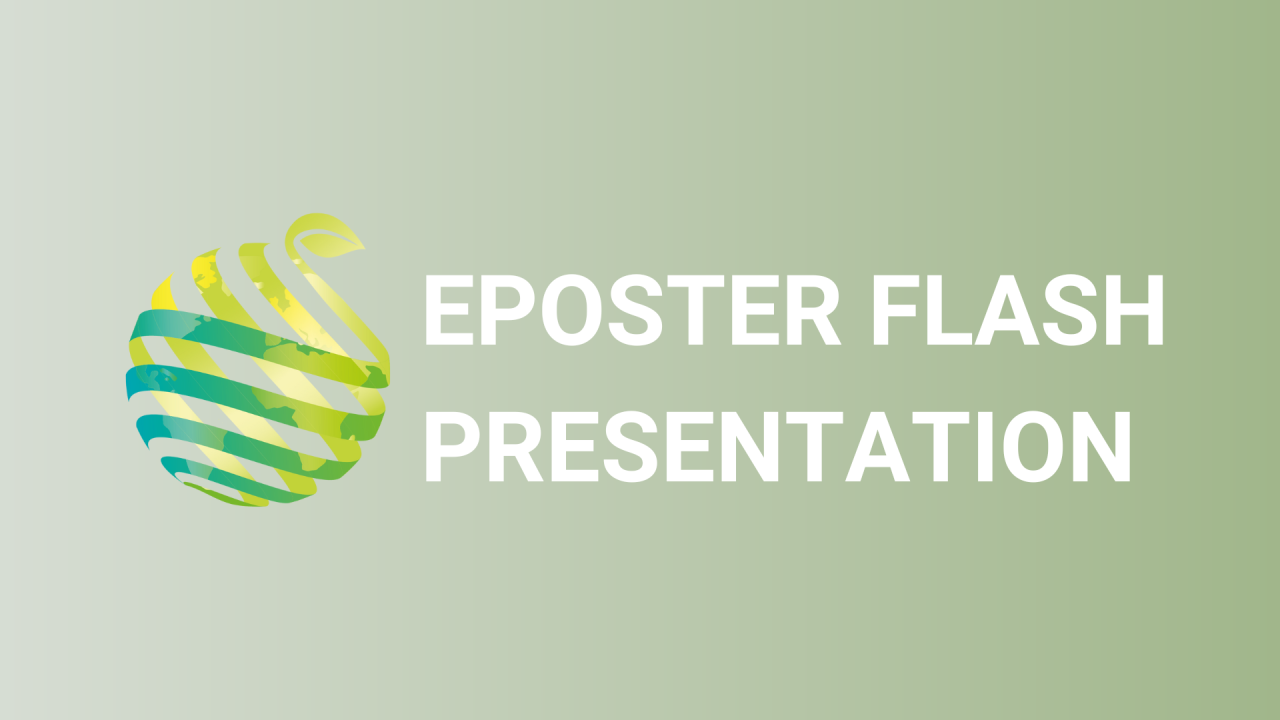

S23 - Session P2 - Minimum effective dose of peracetic acid against E. coli in cut lettuce wash water and its application in the fresh-cut industry
Information
Authors: Martin Carlos Mottura *, Javier Parra, Eva Petri, Raquel Virto
In the fresh-cut industry a critical area of concern is the potential pathogen cross-contamination during washing operations. Therefore, wash water sanitation is an important measure to control water hygiene. Chlorinenbased disinfectants are widely used in the fresh-cut industry. However, there is a trend to eliminate chlorine from the disinfection process because its use generates disinfection by-products (DBPs) with potential health hazards. In this sense, there is a clear need for more sustainable alternatives, such as peracetic acid (PAA), which has a similar effectivity and is less controversial in terms of its effect on public health. In the present study, the minimum effective dose of PAA against E. coli was determined in wash water of fresh-cut lettuce. Experiments were performed applying different concentrations of PAA (between 20 and 40 mg/L) to a lettuce wash water with a Chemical Oxygen Demand (COD) of 600 mgO 2 /L. Microorganism inactivation was measured after 1-minute contact time. Under these conditions, 35 ppm PAA achieved up to 5 Log cycles of inactivation of E. coli . Furthermore, the antimicrobial efficacy of Citrocide ® PLUS, a PAA based formulation from Productos Citrosol S.A., was determined for reducing microbial load in washing water at industrial scale in two fresh-cut produce, cut Iceberg lettuce and baby leaves. Different scenarios combining PAA were tested and compared with a chlorine-based sanitation process. Results confirmed that the use of a sanitizer, PAA or chlorine, in the washing water is necessary to maintain water hygiene and prevent cross-contamination during the process. Besides, the use of PAA had a similar efficacy than chlorine regarding water sanitation. However, when washing with 80 mg/L PAA no significant amounts of chlorinated DBPs were detected in processing water, whilst washing with 80 mg/L free chlorine generated important amounts of THMs, chlorates and chlorites in the water.